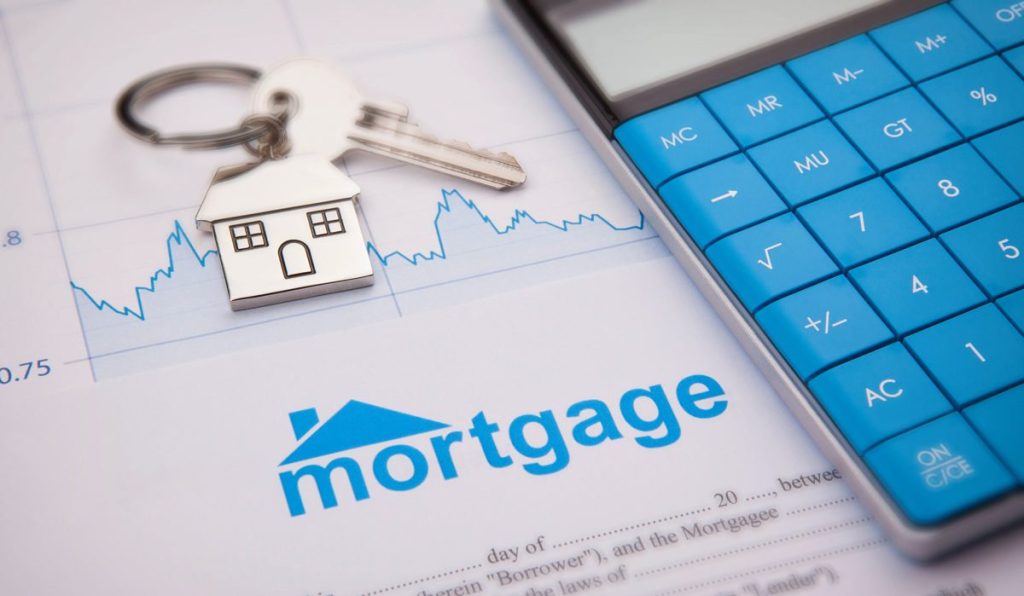The average U.S. rate for a 30-year fixed mortgage rose three basis points to 3.18% this week from the all-time low of 3.15% set in the prior week, Freddie Mac said on Thursday.
Home financing costs ticked up as the yield on the 10-year U.S. Treasury note, a benchmark for mortgage investors, rose to 0.761% Wednesday, its highest level since early April. Home-loan rates track so-called “long bonds,” as the longer-maturity Treasuries are known, because mortgage-backed securities compete for the same investors.
Cheap mortgage rates, which have been below 3.4% for the last two months, are helping to boost home sales as Americans emerge from state lockdowns, said Sam Khater, Freddie Mac’s chief economist.
“All signs continue to point to a solid recovery in home sales activity heading into the summer as prospective buyers jump back into the market,” Khater said. “Low mortgage rates are a key factor in this recovery.”
Applications for mortgages to purchase homes gained for the seventh consecutive week at the end of May to a level that was 18% higher than a year ago, the Mortgage Bankers Association said in a report on Wednesday.
Mortgage rates are heading lower for the foreseeable future, Fannie Mae said in a May 11 forecast. The 30-year fixed rate probably will average 3.2% in the current quarter, 3.1% in the third quarter, 3% in the fourth quarter, and 2.9% in the first three months of 2021, the mortgage financier said.
Despite the low rates, the recession that began in March will drive home sales lower, Fannie Mae said. Existing home sales probably will fall 15% this year before rising 14% in 2021, the forecast said.
Sales of new houses probably will drop 15% in 2020 before rising 10% in 2021, the mortgage company said.






